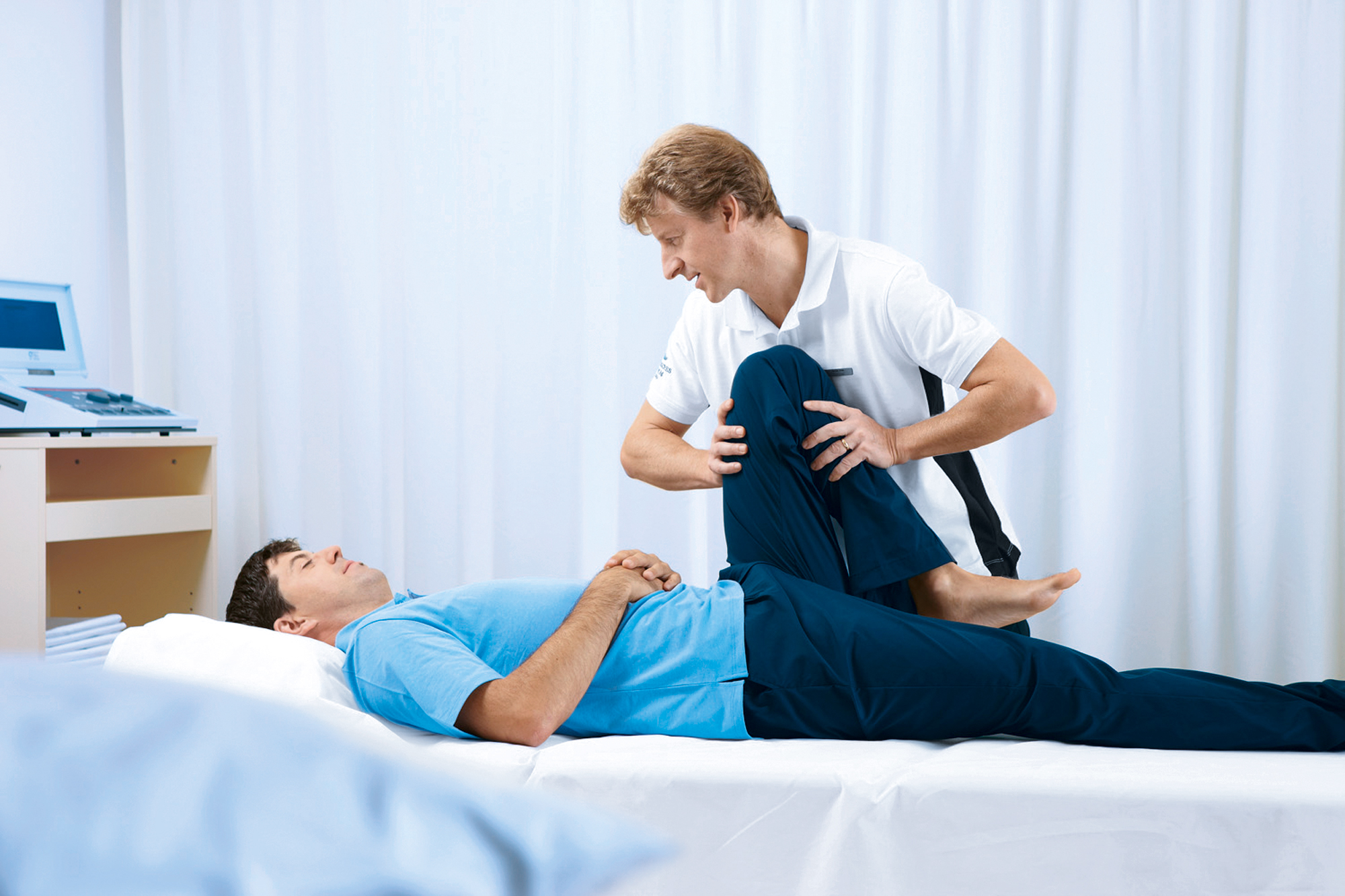Functional assessment:
Before engaging in any plan of action, a detailed physical assessment is advocated. Postural, gait and balance analysis, assessment of articular and muscular function, as well as pain evaluation allow the understanding of compensation mechanisms and overuse secondary to functional hallux limitus, uni- or bilaterally. Osteopathic practitioners have brought our attention to the possibility of blockage at the dorsolumbar junction, frequently observed in the context of FHL pathology. Any plan of action derives from the evaluation of the above observations and the patient’s sports history, social and professional situation as well as medical/ surgical antecedents.
Treatment is oriented locally, focused on the area of the pathology, but also globally aiming to re-coordinate all the movement components and re-establish the balance of the body. In order for the treatment to bear fruit, it is essential that the patient be motivated to practice the suggested exercises at home regularly in-between sessions. For that purpose, a detailed programme is necessary and facilitates the achievement of a positive outcome.
Local treatment:
Once the diagnosis of FHL is set, the release of the tendon of the big toe’s long flexor muscle is ready by means of the “vacuum cleaner cord” manoeuvre: this manoeuvre consists of mobilisation of the subtalar joint followed by selective stretching exercises focused on the big toe’s long flexor muscle (flexor hallucis longus). These stretching exercises can be performed in supine position with the knee in extension but also in prone position with a flexed knee. The objective is to dorsally flex the ankle while simultaneously pushing/pulling the big toe towards the dorsum of the foot (extension of the MTP1 joint). The patient is then instructed to perform this stretching exercise on their own by placing their fore foot against a wall while simultaneously flexing the knee, in order to apply tension along the long flexor tendon and muscle. It is important to avoid pronation or supination movements while performing these stretching exercises.
Another important point is to meticulously examine the foot, especially along the path of the big toe’s long flexor at the sesamoid bones. It is wise to look for an incipient bunion deformity frequently associated with a subluxation of the sesamoid bones. In that case, manipulation or custom orthotics can be used to ameliorate the alignment of the sesamoid band. Pain will often be located at the medial aspect of the foot due to excessive loads on this ray. Mobilisation of Lisfranc’s and/or Chopart’s joints can be useful in restoring mobility of the foot as a whole.
The ankle deserves special attention: the tenodesis effect of the flexor hallucis longus places the talus in antero-exterior subluxation by pulling it anteriorly. Stabilisation of the talus in a more posterior position is beneficial and can be aided by stretching exercises of the triceps surae muscles.
On the proprioceptive and muscular, one can observe hypertonic long flexors and peroneus longus muscle. To counteract this tendency, the short foot flexor muscles need to be reinforced. “Mimic” exercises of the feet are encouraged. Additional means such as foam mats are beneficial for muscular reinforcement and improvement of proprioceptive control in unipedal stance.
Walking barefoot should be encouraged and guidance can be offered concerning the choice of shoes in order to avoid foot malpositioning (like calcaneal varus). The use of flip-flops, crocs or clogs should be discouraged.
Overall treatment:
FHL results in a loss of movement synchronisation and change of postural stance: the upper body is tilted towards the front, the lumbar lordosis is accentuated along with hip and knee flexion. The anterior pelvic tilt neutralizes the action of the gluteus medius and subsequently the piriformis is overcharged. As a consequence, the muscle is shortened and contracted. The global approach is based on re-establishing the muscular balance by selectively stretching the most contracted structures and at the same time increase capsular resiliency of rigidized joints (especially that of the hip). The movement of certain muscles and joints is disturbed, for example the superior tibiofibular joint is often rigid and the popliteus muscle is contracted, secondary to fatigue due to longstanding compensating mechanisms.
During the first sessions, it is more appropriate to target the foot and lumbopelvic balance. Reinforcement of dynamic balance is achieved through exercises like walking backwards, jumping stride, etc…
Progress evaluation:
In general, about 6 sessions are required in order for a tangible improvement of painful symptoms (of the foot or lower back) to be observed. In case of persistent blockage of the tendinous glide, consideration of the patient’s recovery potential needs to be considered before referral to the orthopedic surgeon. Custom-made calcaneal orthotic inserts can aid the physical therapy approach, as can osteopathic treatment.
 EN
EN  DE
DE  ES
ES  FR
FR 